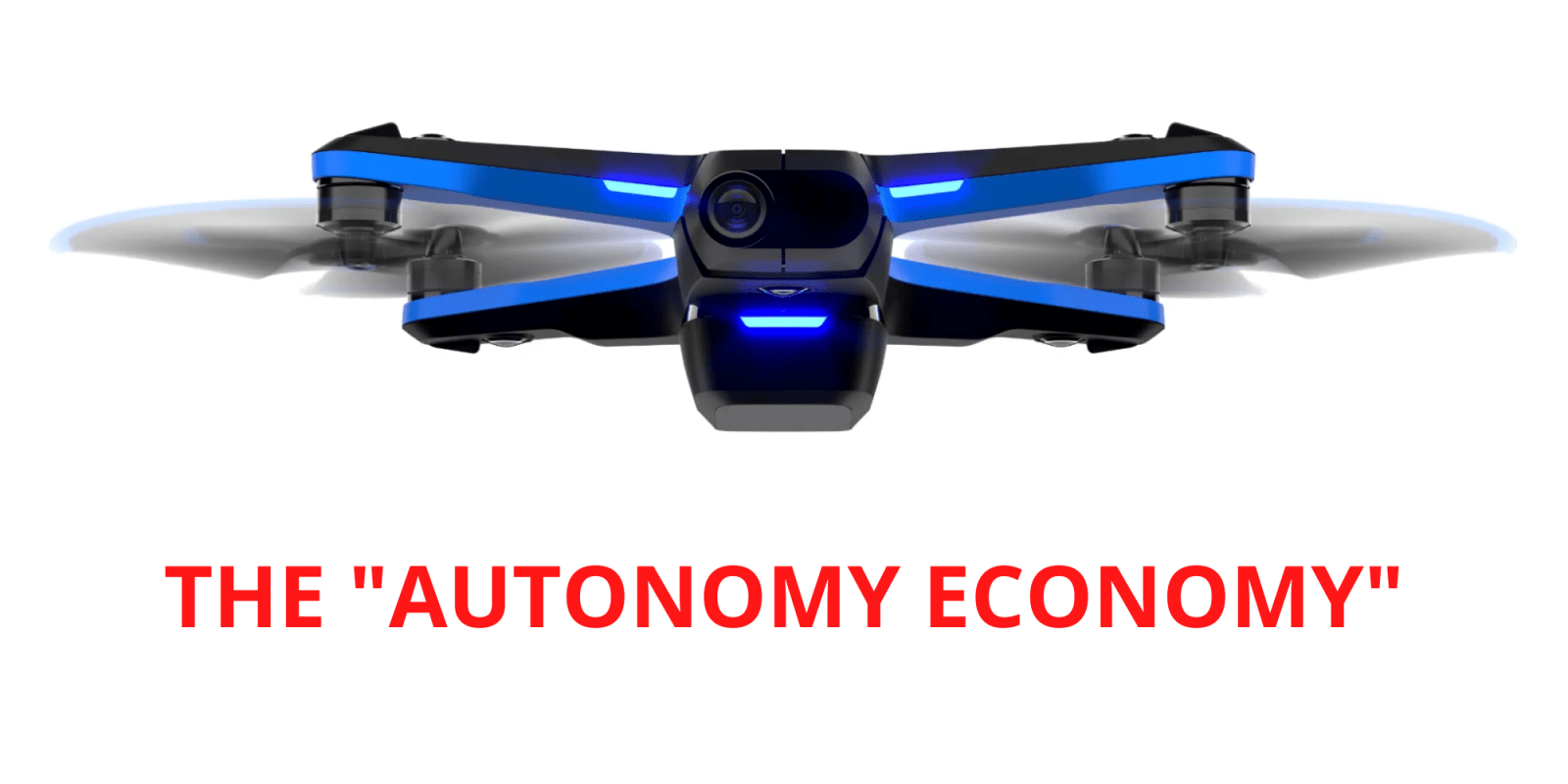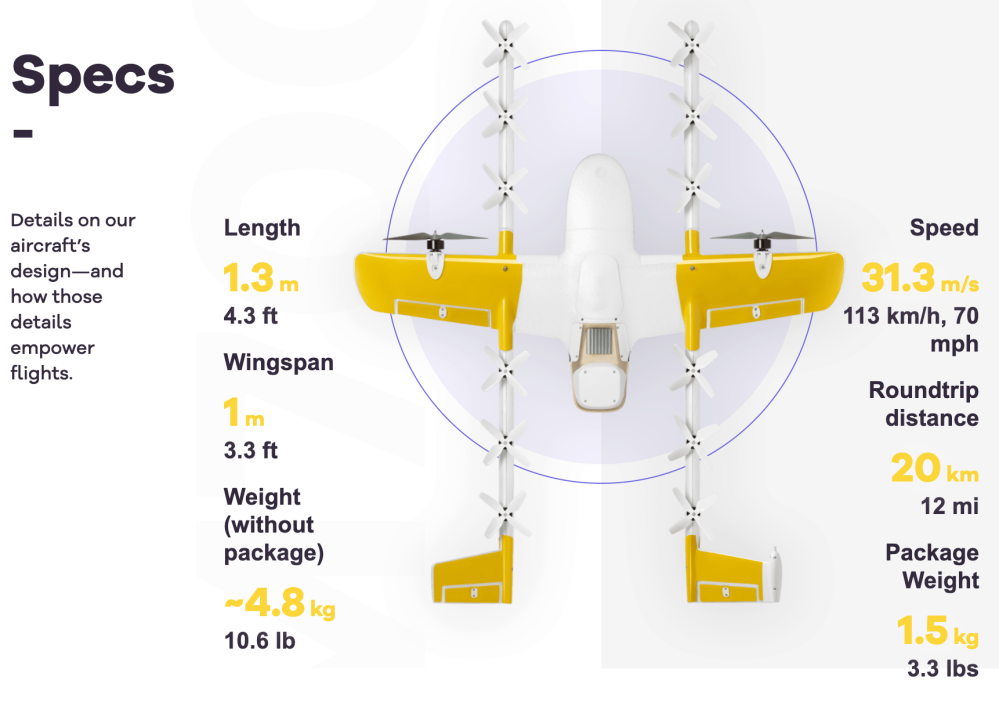
OK. We’ll admit that headline might not hook all of you. But with drone Fleet Management tools and autonomous deliveries, it’s a big issue for the industry – and it made for a fascinating panel discussion on the closing day of this year’s XPONENTIAL online conference.
There’s a lot of technology floating around when it comes to drones. Some machines are getting smarter, able to navigate complex environments without a pilot even moving the sticks. Drone delivery companies are testing out automated deliveries while monitoring software that tracks multiple drones in simultaneous flight. And, of course, there are many solutions for Fleet Management and growing hardware and software options for Detect and Avoid, to minimize any conflict with crewed aircraft.
Automation and autonomy make sense, and in limited trials are proving to be safer than missions where a pilot is controlling things manually. But there’s a bit of a problem: The rules for drones were written with human operators in mind.
So… how will we get there from here?
The case for autonomy
The XPONENTIAL panel included representatives of companies that utilize automation and autonomy. WING, which has plans to deliver small on-demand consumer parcels at scale, and Skydio, which has a number of software solutions that help its products carry out missions with minimal human input. WING sees automation as a “critical enabler” of its services.
The WING system checks the health of the aircraft prior to a mission, and monitors for any anomalies during flight. If something does come up that’s concerning, the system is capable of taking appropriate action to minimize any risk posed. Deliveries can be planned and safely routed within seconds, with the mission carried out automatically.

“One of the things that we’ve seen is that robust automation increases the safety by reducing the possibility of human error,” said Margaret Nagle, WING’s head of policy, regulatory, and community affairs.
“At the end of the day, automation really is critical to our scalability and safe operations.”
Skydio weighs in
Skydio’s head of Regulatory and Policy Affairs, Brendan Groves, explained that automation and autonomy have truly been force multipliers for the capabilities of the company’s drones. With its forthcoming 3D Scan software, for example, a Skydio 2 can efficiently scan the underside of even a very complex bridge Beyond Visual Line of Sight. The traditional form of inspection involves slowing down or stopping traffic so that a “Snooper” truck can put an inspector physically under the bridge by using a long articulating arm with a cherry-picker style bucket at the end.
Having drones take on this kind of work, says Groves, contributes to the safety of “the millions of workers who keep our infrastructure safe and humming every single day. Many of those workers are doing delicate and dangerous and time-consuming jobs.”
Groves also pointed out that automated processes also pave the way for large-scale business deals. Last year, for example, Skydio inked a deal so that a company could use House Scan software to automatically scan the roofs of structures and even identify anomalies from the data. The combined capabilities of the company’s drones with this software led to a deal for the sale of 5,000 Skydio 2 drones.

It was, says Groves, “the largest commercial drone deal of all time… We made this use-case not only possible, but profitable.
Great, but now what?
That’s kind of the question. Individual companies are coming up with solutions that work for them. What WING is doing is very different from what Skydio is doing. Yet both involve autonomy and automated processes. And, for both companies (and many more), having these systems somehow recognized by regulators is an important part of their formula for success going forward.
“Autonomy is really enabling autonomous solutions to enhance safety,” explained lawyer Lisa Ellman, a Partner at Hogan Lovells US LLP.
“The technology is there. How do we get there from a policy and regulatory perspective?”
Good question.
FAA perspective
The FAA’s Jay Merkle was on the panel. Jay is the executive director of the agency’s Office of UAS Integration. He started out with his own definition, and it’s a good one, of what Autonomy actually means.
“Autonomy is a very useful abstraction for creating groups of things that all have a component where a machine is doing something independent of a human input/control,” he said. “I could say something controversial like Autonomy is meaningless in a regulatory framework, and that’s not exactly true… But there is no concept of autonomy in the regulatory side, because we regulate safety outcomes.”

This is a key point. Regulators like the FAA are looking at safety. If the regulator is looking at a waiver application that stresses an autonomous feature, it’s not going to grant it because the company might be using XYZ software with an ABC flight controller. Rather, it’s going to look at the safety of the entire operation based on everything in the application. But that still leaves a question, which Merkle himself posed:
It’s ‘How do we translate autonomy into these safety outcomes?’ The problem is this: Traditional aviation inherently assumes a pilot in direct control fo that aircraft… That’s often called ‘a human in the loop control.’ But what we see in these drones is a human on the loop. The drone knows what it’s doing, but there’s still a human controlling it, either dispatching it, monitoring it in an emergency mode, conforming to the expected behaviour or that loop. And this is a really tough concept for the whole community – how do we describe that performance?
Merkle said, and there was no disagreement, that cracking this is “the key to scalability in this industry.” And the issue is only going to become more important, he said, because “We’re moving away from a human to an agent of the company – more to a ‘dispatch operational-control’ function.”
Where do we go next?
Well, that’s a good question. And while the FAA is looking closely at this issue, companies suggest that some automated operations pose such minimal risk that these types of missions should be allowed, in conjunction with incremental changes that slowly push the envelope toward what Groves describes as the “autonomy economy.”
“We have entered an entirely new century of aviation that’s defined increasingly by un-crewed operations now and by autonomous operations tomorrow,” he said. “I think the pilot will be out of the loop. That’s the kind of future we envision. How to do that? As we see it, some existing waivers do this, but you can envision things like a pilot program that focused on enabling autonomy in a risk-defined way.”
Groves pointed to building inspection as an example of a safe deployment of drones in an automated, BLOS setting. The drones are always close to the buildings they’re scanning/inspecting, meaning there’s really no risk of a conflict with a manned aircraft.
FAA-industry collaboration
WING’s Margaret Nagle said there’s a need for “performance-based solutions,” and for the industry to work closely with regulators to establish guidelines. She agreed that some of the current regulatory framework wasn’t really developed with these automated solutions in mind.
“What we need is – eventually we’ll need new rules – but in the current framework, we have to look at the rules we have and the intent of them.”
Meaning safety remains the gold standard and is really the outcome by which any of this technology will be measured until new rules take it comprehensively into account.
Coming… soon?
As for the FAA, Jay Merkle assured the panel the regulatory body has been looking at this question closely, and will have news before long.
“Want to know where we’re going with autonomy,” he asked. “Stay tuned. The conversation is about to begin.”
We look forward to hearing more about this – and reporting the results to you.
FTC: We use income earning auto affiliate links. More.






Comments